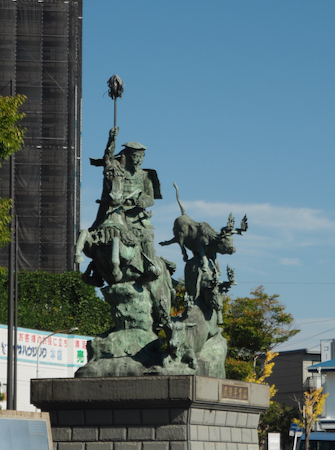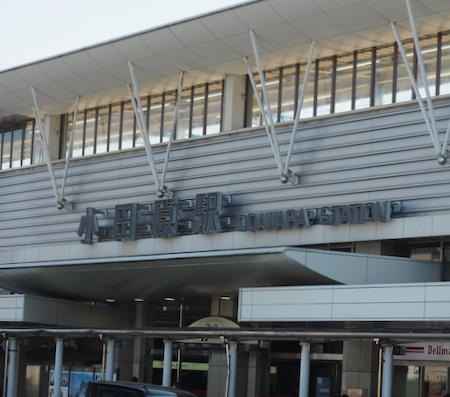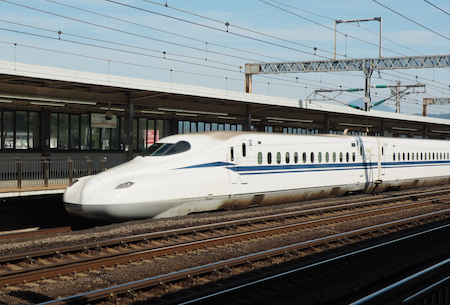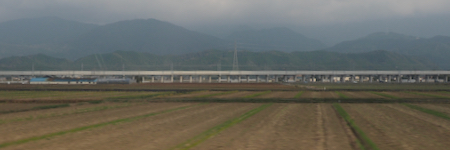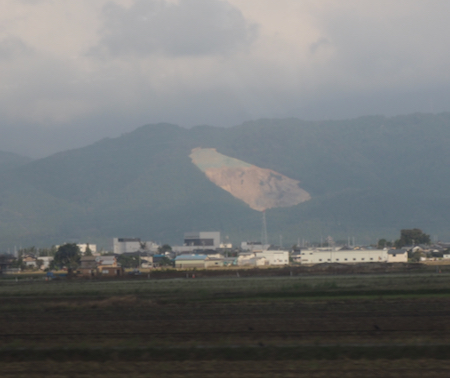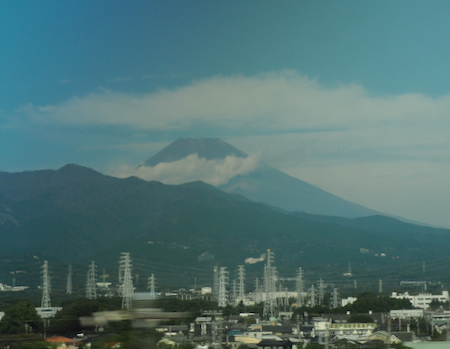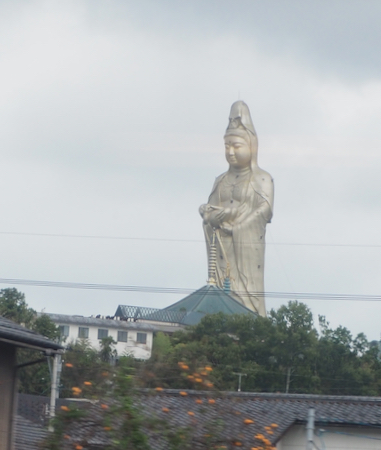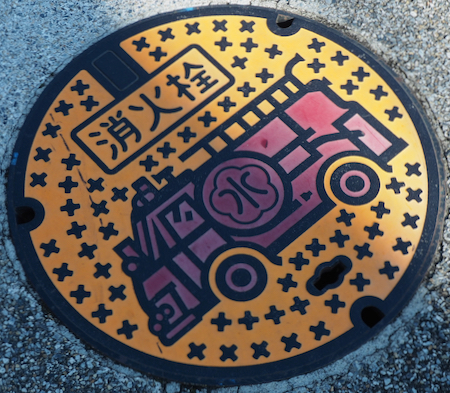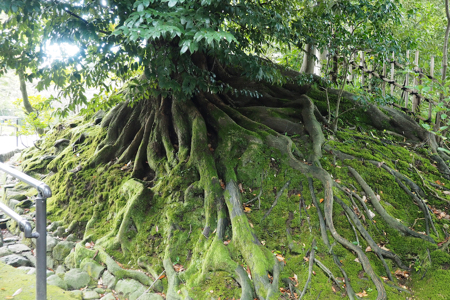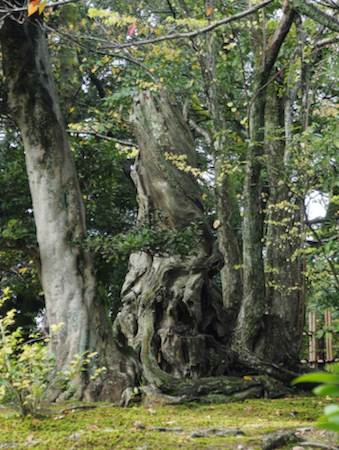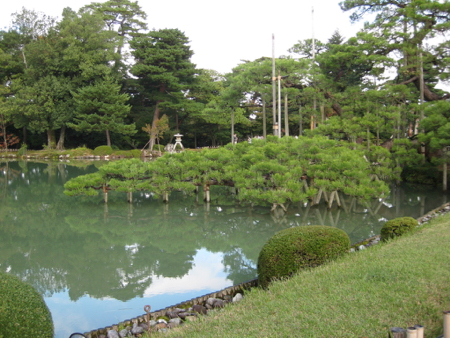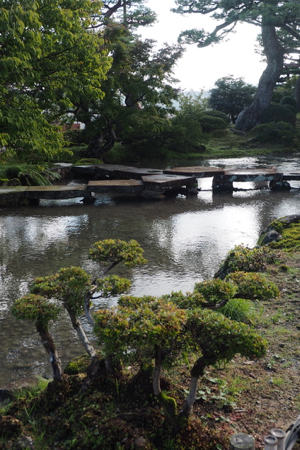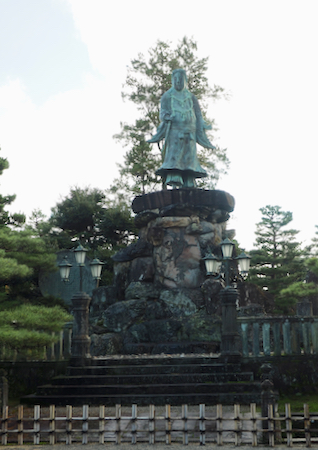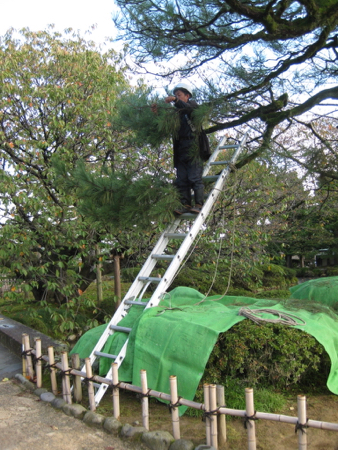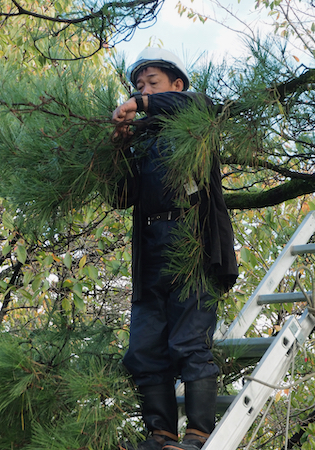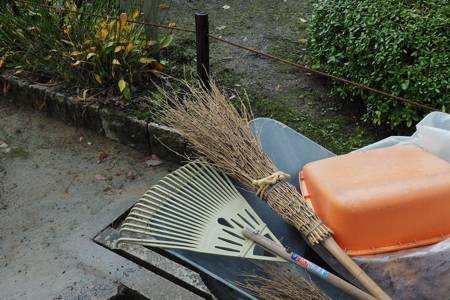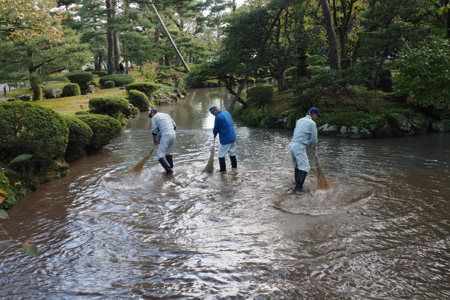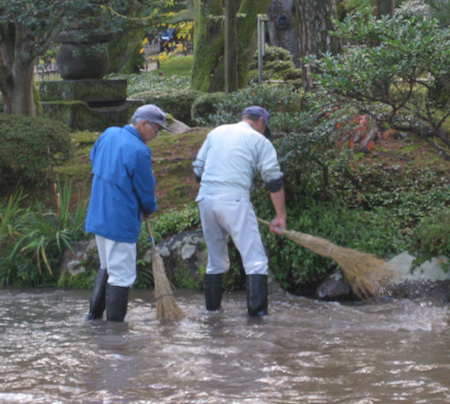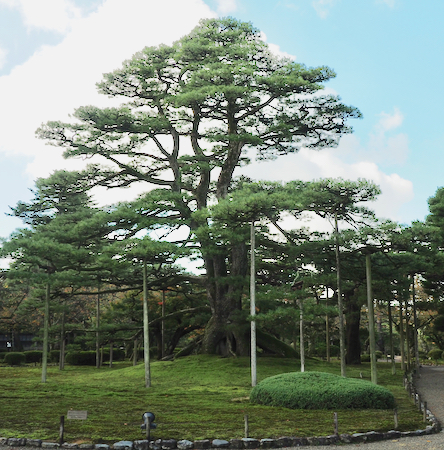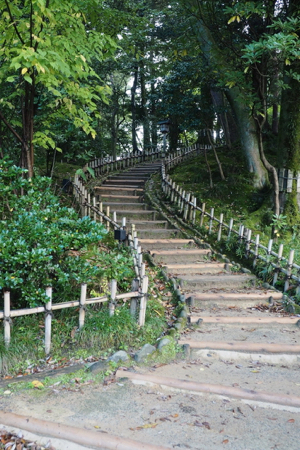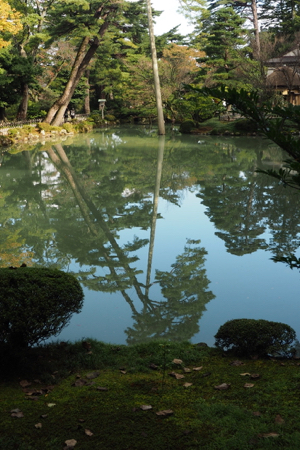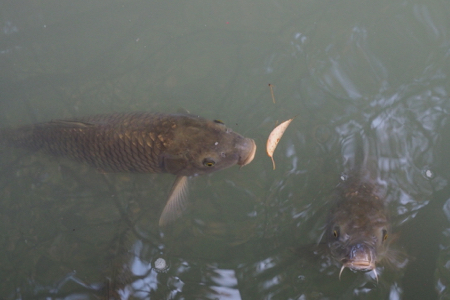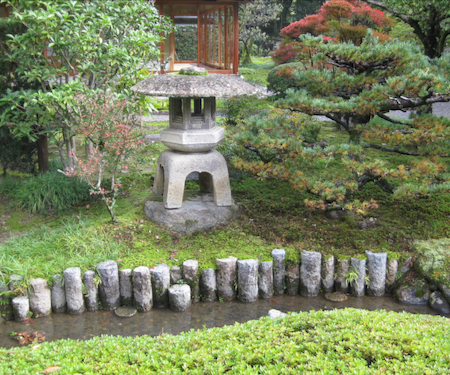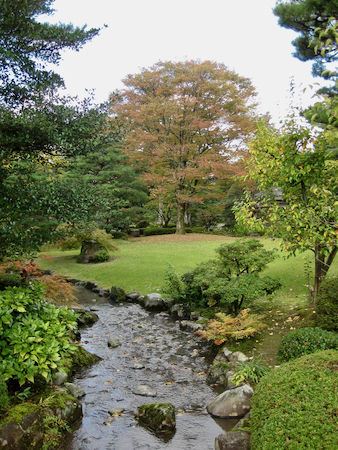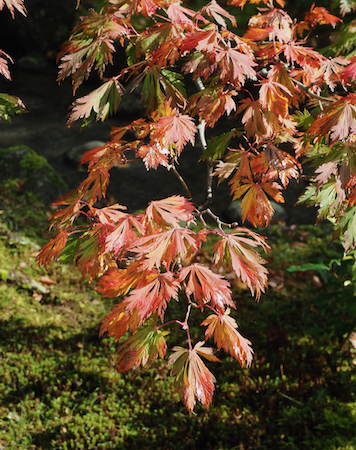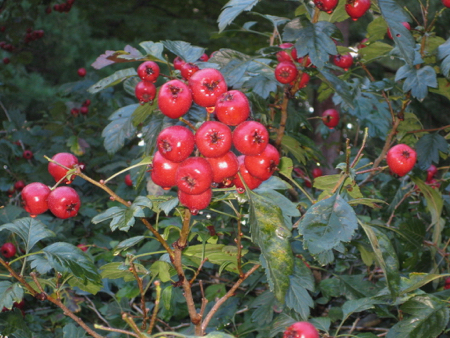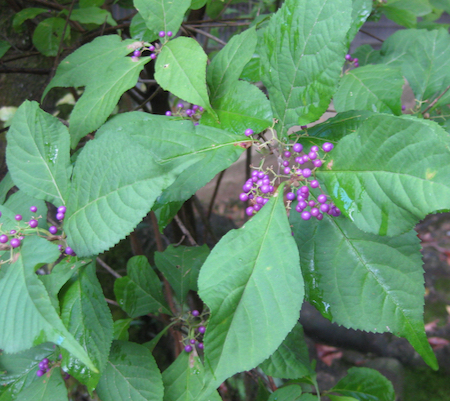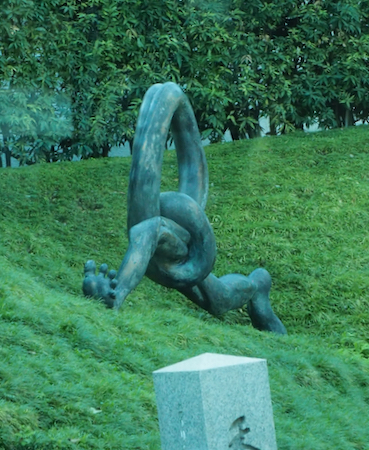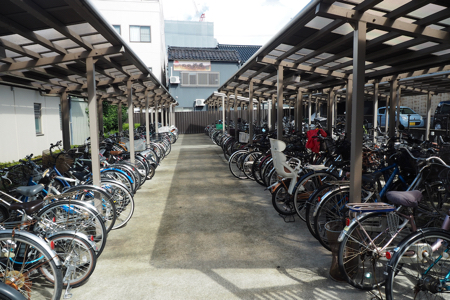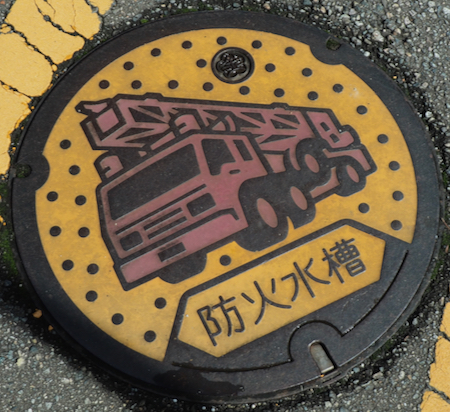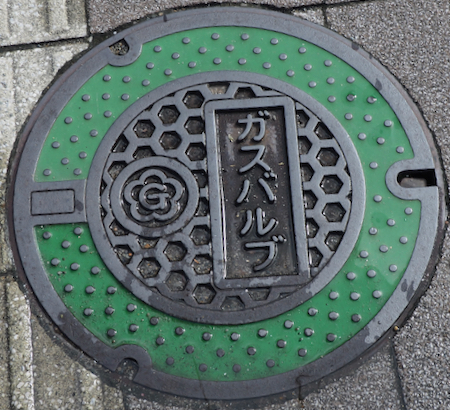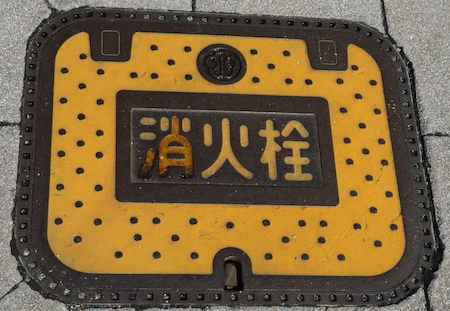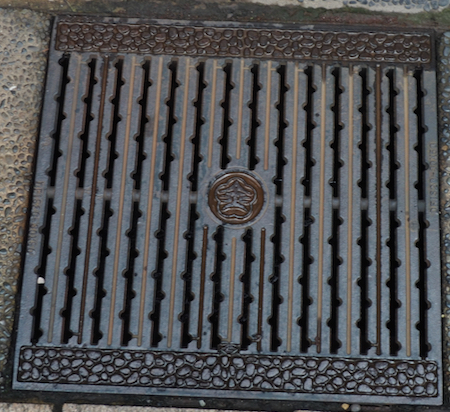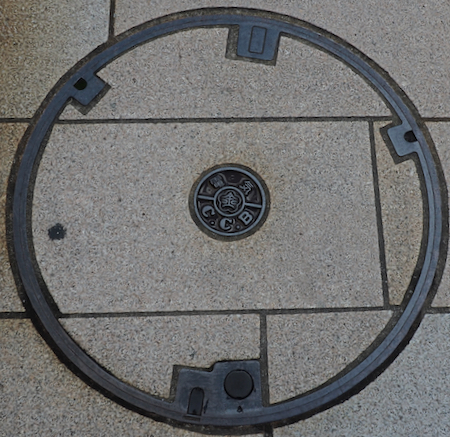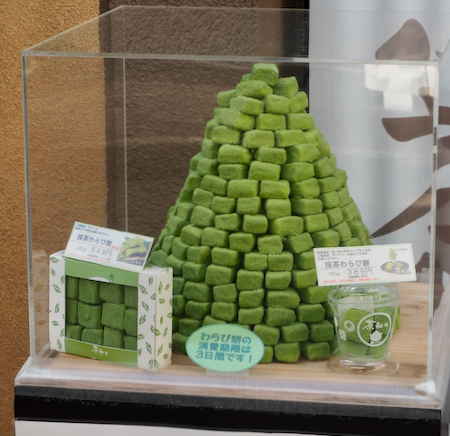Sun., 10/23 - Hakone to Kanazawa
This morning we rode the bullet train (Hikari 637) for one hour from Odawara to Nagoya and then changed to the “local super express,” Shirasagi #7, for three hours to Kanazawa. It was interesting that when we stopped at the station in Maibara, we had to get up and turn our seats around because the train continued our ride in the opposite direction. We ate the “lunch” we purchased at the Odawara station on the local train.
Statue of Hojo Soun (1432-1519) who was the leader of the influential samurai family, the Hojo. ... His statue sits here in front of Odawara Station.
Odawara train station
Shinkansen - the bullet train
Elevated highway in the distance
Looks like some sort of open-pit mine on the mountainside
Mt. Fuji, again
Kannon statue
Fire hydrant - each city has its own variation
The included dinner tonight was either fish or beef.
Sashimi for dinner - quite good
Mon., 10/24 - Kanazawa
Kanazawa, means “gold valley” and later we will go and learn about making gold leaf like what covers the Gold Pavilion. This city was not “hit by air raids” in WWII so there are still many 150-year-old cedar houses around the city.
First stop of the day was for a walk in the 350 year old Kenrokuen Garden. Originally, this was the outer garden of the Edo Period Kanazawa Castle and is built on a slope facing the castle. There are ponds and streams, a waterfall, and a fountain with the water not pumped up but using a siphon system with water from seven miles away. The garden presents the six attributes of a perfect garden: spaciousness, seclusion, artifact, antiquity, waterways, and panoramas. There were iris in streams, flowering Japanese anemones, cherry and plum trees, heavenly bamboo with red berries, Chinese hawthorn. There were zigzag bridges that prevented “evil spirits” from passing. Kenrokuen is one of the “three most scenic gardens” in Japan.
Huge, graceful pine tree trimmed to flow over the
moss on the ground.
Some old trees were planted on the top of a mound which was removed after the tree was established to display the root structure - interesting.
Japanese stone lantern - a Toro
Pond and Toro
Zig-zag stone bridge
Statue of Yamato Takeru - a Japanese mythical figure
Huge pine trees are pruned and shaped by hand
Amazing
Gardeners tools
More amazing was the gardeners cleaning the leaves out of the stream with straw brooms!
Older trees have their branches propped
Intricate propping job
Graceful steps up through the forest
Graceful walkways
Reflection
Carp in the pond
Waterfall
Intricate stone lantern
Toro lantern, stream, and fall colors
Japanese Anemone
Peaceful
Japanese maple leaves
Japanese laurel bush
Mulberry bush
Young ladies in traditional costume
The garden was a very peaceful, beautiful place to visit.
After our garden visit, we strolled over to the Oumicho market, taking in the sights along the way.
Sculpture is called "Run"
Gold-leaf decorated tree
Just a sample of the hundreds of bicycles to be found parked at every train stop we passed. These are neatly parked but at many stops the bicycles are almost piled on top of each other. One wonders how the owner ever finds their own bike.
This one says "Fire Tank"
This is a "Gas Valve"
Another "Fire Hydrant"
The little top, left symbol says "Electric"
Matcha is a type of green tea. It is also used as flavoring for a variety of products such as the candies pictured here, ice cream, etc. It has a relatively bitter flavor and is definitely something that has to "grow on you."
| Return to Top | Return to Itinerary | Return to Trips page to view other trips | Return to Dreamcatcher Home Page |
